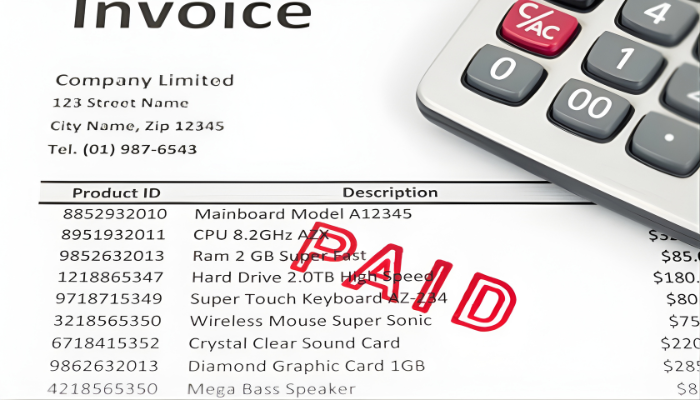
The healthcare industry often faces unique financial situations that leave hospitals, clinics, vendors, and other medical professionals short on money each month. Their lack of cash flow makes it difficult for them to take care of patients and address other monetary obligations that cannot be avoided.
Rather than wait months for clients to pay their outstanding balances, medical providers can increase cash flow with factoring. Before opting for this source of funding, it is important to learn about the types of medical factoring that are available.
Medical Vendor Factoring
Medical vendor factoring can help companies that partner with hospitals, doctors, and clinics to provide them with essentials needed for patient care and day-to-day functioning. Vendors may provide:
- Patient care supplies
- Office staff
- Coding outsourcing
- Billing services
- Transcription services
All of these things cost money for which vendors need and expect to be paid on time. When a vendor cannot wait for a doctor or hospital to pay an outstanding account, it can instead get cash it needs to remain operational by factoring that invoice.
To use factoring, a medical vendor will first submit a copy of the invoice to the medical client. Next, it will make a copy of this invoice and present it to the factor. The factor will then purchase the invoice for face value, holding between 5 and 30 percent of the value in reserve.
The reserve amount is held in case of disputes or invoice errors. As soon as the client pays the account, the factor will then advance the reserve amount to the vendor, minus the factoring fees. The vendor has its money quickly and can continue to provide essential services and supplies to other medical clients without having to wait for the medical customer to pay its outstanding obligation first.
Medical Receivables Factoring
Medical receivables factoring differs from vendor factoring in several notable ways. First, a factor will not buy an invoice for face value, but rather for the amount that the third-party payer is expected to reimburse for the balance.
Second, factors require that most clients bring in at least $10,000 a month in net accounts receivable. If a client brings in less than this amount, it may not be approved for financing.
Third, a factor will require that medical clients bill to third party payers like:
- Insurance companies
- Managed healthcare companies
- Worker's compensation
- Medicare
- Medicaid
- State or local government contractors
In addition to these payers, factors may approve others as well. Clients should verify what other payers are allowed before factoring their invoices.
Once they know that their third-party payers fit the requirements of their factor, medical clients can then proceed with the factoring process. As with medical vendor factoring, the client will first create and submit an invoice to the payer.
After the invoice is submitted, the client can then make a copy of it and sell it to the factor. The factor will pay the expected payer amount for the invoice rather than the face value. This amount guarantees that the factor does not lose money in case the payer fails to pay the entire invoice obligation.
It too will hold up to 30 percent in reserve, as it will with vendor factoring, and release this reserve once the account is paid in full. The reserve is held in case of errors or disputes. Once the factor's fees are deducted, the remainder is sent to the client.
The process involved with factoring for medical vendors, hospitals, clinics, and other healthcare providers proves to be relatively simple. While factoring can help these providers raise needed cash, they should still understand what types of medical factoring is suited best for them.














